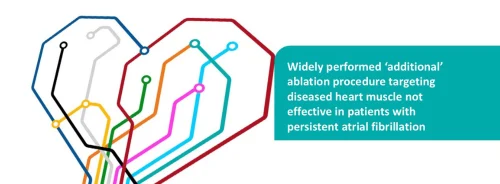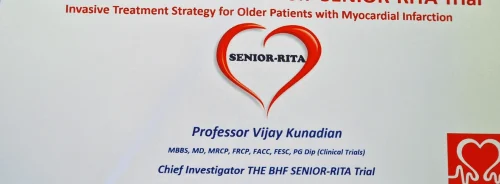In recent years, access to electronic health information has become increasingly critical for individuals managing complex health conditions, particularly those diagnosed with cancer. The period from 2020 to 2022 has seen significant strides in the availability and use of online medical records and patient portals, especially among individuals with a recent cancer diagnosis. These digital tools have proven essential in helping patients navigate their healthcare journeys, allowing them to conveniently access vital information such as test results, clinical notes, and other health records. This article explores the trends in electronic health information access among cancer patients from 2020 to 2022, focusing on how these tools are used, their impact on patient care, and the remaining challenges.
Increasing Access to Online Medical Records
Between 2020 and 2022, there was a notable increase in cancer patients receiving access to their online medical records. The data reveals that 80% of individuals with a recent cancer diagnosis were offered online access to their health information during this period, a significant rise from 58% in 2017-2018. This surge can be attributed to several factors, including the widespread adoption of digital health tools during the COVID-19 pandemic, which accelerated the implementation of the Cures Act Final Rule to enhance patient access to electronic health records. This rule has made it easier for patients to obtain their health information through smartphone apps and web-based portals, contributing to the growing trend of digital health management.
The increased accessibility of online medical records has empowered cancer patients to take a more active role in managing their health. By enabling patients to access their health information anytime, these tools support informed decision-making and facilitate better communication with healthcare providers. The higher access rates among recently diagnosed individuals reflect the immediate need for frequent health information during the initial stages of cancer treatment, where timely access to test results and clinical notes is crucial for effective care management.
Frequency and Methods of Accessing Health Information
The frequency of accessing online medical records has also seen a significant increase among cancer patients. The data indicates that 40% of individuals with a recent cancer diagnosis accessed their online medical records or patient portals six or more times in the past year, nearly double the rate of those who have never had cancer. This frequent access is likely driven by the need for continuous monitoring and follow-up during cancer treatment, which often requires regular communication with healthcare providers and timely access to updated health information.
Moreover, cancer patients increasingly use multiple methods to access their health information, such as combining smartphone apps with web-based portals. Approximately 31% of individuals with a recent cancer diagnosis used both an app and a website to access their records, compared to lower rates among cancer survivors and those who have never had cancer. This trend highlights the versatility and convenience of digital health tools, allowing patients to manage their health information through various platforms that best suit their needs and preferences.
Challenges in Managing Multiple Health Records
Despite the growing adoption of online medical records, cancer patients face challenges managing multiple health records across different platforms. More than half of individuals with a recent cancer diagnosis reported having multiple patient portals or online medical records, with an average of 2.2 portals per patient. This complexity can create difficulties in organising and accessing health information, potentially leading to fragmented care and communication gaps between healthcare providers.
To address this issue, some patients have turned to third-party apps that aggregate data from multiple portals, allowing them to manage their health information more efficiently. However, the use of these apps remains relatively low, with only 8% of individuals with a recent cancer diagnosis using them to organise information from multiple records. This suggests a need for greater awareness and availability of tools that can help streamline access to health information, particularly for those managing chronic conditions like cancer.
Conclusion
The period from 2020 to 2022 has marked significant progress in the accessibility and use of electronic health information among cancer patients. With more individuals being offered and utilising online medical records, the role of digital health tools in managing complex health conditions like cancer is becoming increasingly important. However, challenges remain in ensuring patients can efficiently manage multiple health records and fully utilise the available tools to support their care. As the healthcare landscape continues to evolve, ongoing efforts to enhance patient access to health information and simplify electronic records management will be crucial in empowering cancer patients and improving the quality of care they receive. The future of cancer care will likely see further integration of digital health tools, making it imperative that these technologies are accessible, user-friendly, and tailored to meet the unique needs of cancer patients.
Source Credit: HealthIT.gov
Image Credit: iStock






